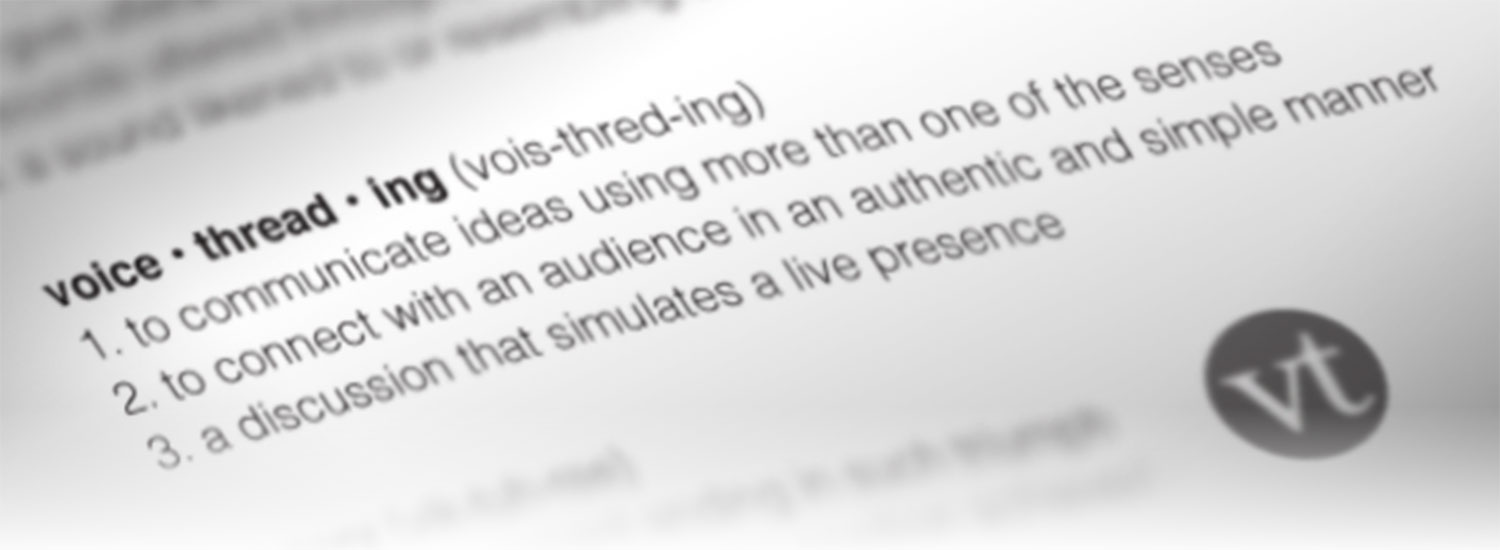Andy Schoenborn, a Michigan high school ELA teacher and presenter at this year's MACUL conference in Grand Rapids, poses this question to his students about their in-class cell phone use. It's a question that returned to me throughout the day and on the drive home. How do I plan for technology usage in the classsroom: Purpose or pleasure?
The MACUL conference was an event on my road to certification that I was excited to attend. Looking through the program alone, I realized that we had a unique opportunity to attend sessions and speak with master teachers who have researched, experimented and refined their use of technology in the classroom to drive student learning. Andy Schoenborn was one such educator among hundreds who had decided to leave their classrooms for a couple of days to engage members of their profession about technology. With this in mind, the most powerful part of the day was that the presenters and other educators viewed technology as tools to serve a particular purpose: engaging students in a dialogue around core content both to engage them and to give them feedback on their work.
I intentionally attended sessions led by teachers. I wanted to hear from teachers who have researched, experimented and refined different uses for technology to promote student learning. The first session that I attended addressed how to give students effective feedback on their writing via Google Docs and forums. I believe that I was one of the few non-ELA teachers in the room. This was not a surprise, but an area of the chemistry curriculum that I would like to see be revised. The question that comes up so often is, "How am I supposed to grade lab reports as well as plan, run labs and grade other assessments?" The presenter of this session probed at this instructional need and proposed that technology could offer a solution. Did it actually cut down on the amount of time required for grading? That wasn't cut to me, but I realized that the feedback given in an hours time via Google Docs was richer in comparison with hand scribbled notes on students' work. Another advantage that the speaker presented was that students would respond to the feedback with questions and clarifying statements, such that their work becomes a central hub for discussion of student progress.
Another session that I attended was given by a passionate math teacher who has made use of pictures and videos (in the spirit of Dan Meyer) to engage students with the content. This teacher took a different approach than I had expected at a "ed tech conference" by having us become his students. We went through a lesson that made use of a photo to engage students in mathematical thinking and dialogue. The educators in the room were so excited by the possible ways that Geometry that a good many minutes were taken up by educators arguing different perspectives with which they approached the problem! While I had expected to be dazzled by different tech tools that this educator has reshaped his classroom around, I found instead that his simple tool was lost in the engagement of the participants with his question prompt and others' ideas. Coming out of that session, I realized that that should be my goal for any instructional tool that I implement. It should disappear from view and allow student learning to take center stage.
Returning to my own students and chemistry curriculum, I want to consider how to take these ideas and make them my own. Additionally, I want to integrate myself into the vast networks of science and math teachers who have committed to sharing materials, to asking for critic and to discussing best practice with other professional teachers, such as getting involved with the NSTA and Twitter STEM feed. These practices will allow me to become increasingly purposeful about using technology to promote student learning.


